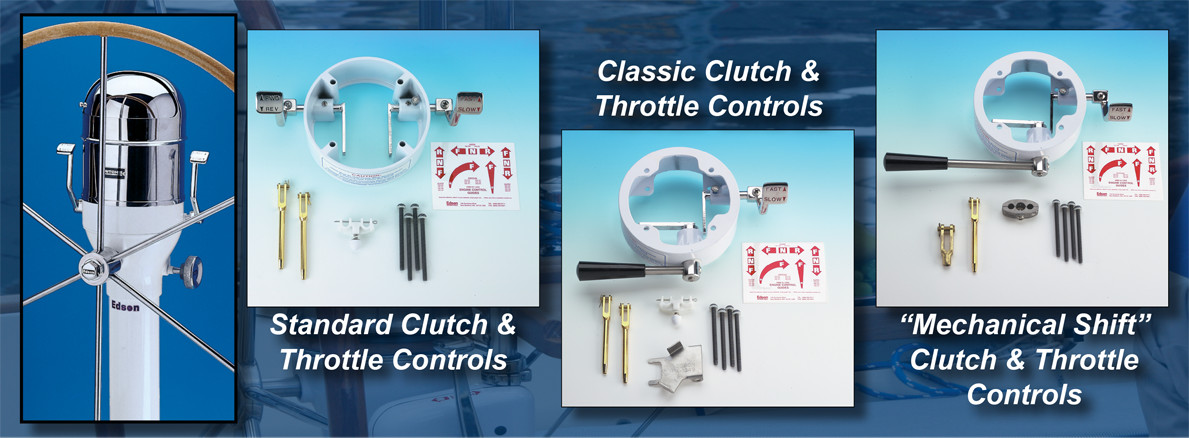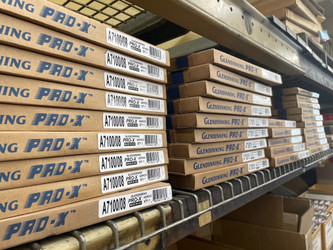Engine Cables 101
Posted by Dave on May 26th 2022
Growing up, I think one of the reasons I got so into sailing was a) I loved being on the water and b) engines scared the crap out of me. This might have been reinforced when my brother and his friends took the family Tartan 27 out on the Sound and clogged up the raw water strainer and that wasn't a very nice night in our household. Sails are still my go-to but, you know, a lot of these boats have engines and it's nice to know a bit about them.
Engine cables are simple beasts - they push and pull to make you go faster or less fast, in forward or reverse or nowhere at all. There's an outer sleeve and an inner cable, and connections at each end. The outer sleeve holds the length constant so the inner cable actually does push or pull depending on your need, and that's it. How it gets done is where the difference is.
Depending on how you look at it, we have 4 basic control control styles - standard dual, classic dual style, and mechanical shift dual, all pictured below, and then the single lever engine controls (link).

The standard dual, classic dual, and single lever controls all use 33 series engine control cables (link) for both throttle and shift. These use a 10-32 thread pattern to mate with the bronze clevises that you see in the picture above, and have a 3" throw. we sell them in 2 foot length increments from 6 to 18 feet. Measure your current cables to figure out what length you'll need to replace, which is fairly easy because we're not talking about an exacting measurement here. The engine end depends on your engine and you'll either reuse the engine-side connections or get new ones (get new ones).
The mechanical shift clutch cables use a 6400-series cable with 4" throw. Notice there's no link in that sentence? Edson doesn't stock 6400 series cables, as they're quite rare at this point, used only on Atomic 4s and some very early Westerbeke and Yanmar engines. They are, however, available at marinas and supply houses. The spec you'll need is "C-C" or Clamp-Clamp, not "B-C." 6400 series cables have a 5/16 thread pattern that goes into the pedestal-side clevis (see how one of the clevises in the right side of the picture above is shorter and wider), and again they have a 4" throw. This shift style is often referred to as a "crash shifter" as the shifter crashes into and out of gear. The longer shift handle shown above helps with the leverage you need to shift a crash shifter.
The cables we supply are produced by a company called Glendenning. The mechanic's spec on cable installation is that there must be no more than 270* of total bend in the cable run. This is so that the inner cable doesn't hang up on the outer cover. I've seen a long Glendenning cable wrapped in the ~2' square box they come in, with at least 1440* of total bend, and the inner cable just slips along inside the outer cover. This is thanks to the construction of the Glendenning cables. Cheaper cables will have friction and stiction and frustration on offer as you use them. You replace engine cables infrequently enough (7 to 10 years, when you do your chain and cable) that you get the Glendenning ones and they provide you with a full lifetime of wonderful performance.
Murphy's Law dictates that your engine cables give up the ghost at the worst possible moment, which in New England is when pulling into the fuel dock at Block Island Boat Basin on a busy weekend. You sure don't want to be THAT boat. If you don't know when your cables were last replaced, or if they're sticky and a pin in the butt, now's a great time to replace them. And when you do it, write the replacement date on a slip of duct tape with a Sharpie and tape that to the cable, letting you or the boat's next owner when the next replacement is due.

